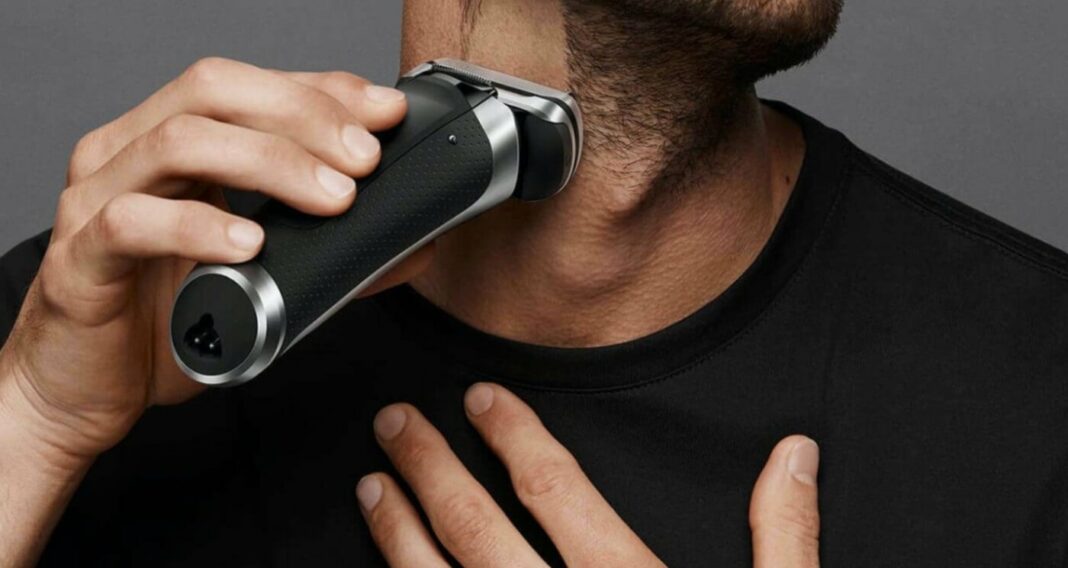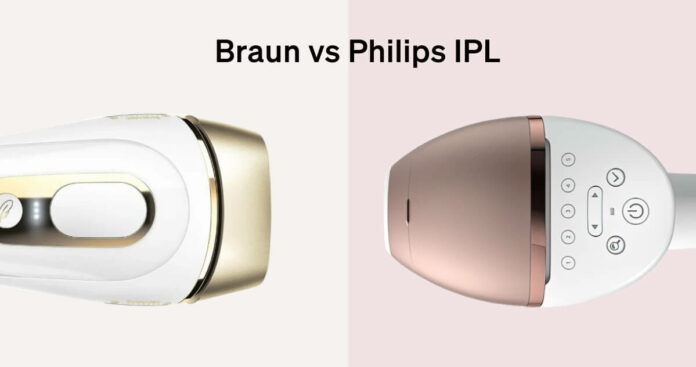Many believe that everything comes down to personal preferences, which of course I agree to. For instance, some people prefer to stick to the old ways of brushing their teeth with a traditional toothbrush, while others prefer the new age technology which utilizes a fancy digital device with an internal computer that will keep track of your brush counts for you. As long as the purpose is achieved, either method is cool.
When we talk about shaving, some people have always preferred using an electric razor to shave off unwanted hair. It doesn’t matter whether you use technology or old-fashioned methods to shave as long as it works for you and is okay with your skin. If you have been using or you’re interested in giving an electric razor a try, then this guide is for you.
What to do Before Using an Electric Razor to Shave
1. Pick the Razor that Best Suits your Requirements
The first step to shaving is to learn how your facial hair develops and the proper technique to approach the contours of your face. It is important to know the aspects that will work best for you because everyone’s hair grows at a different rate and has a distinct texture. If you don’t know where to look, you can read men’s forums or speak with a grooming expert, such as a barber who specializes in facial shaves.
2. Trim if Needed Before Shaving
Giving your facial hair a trim using scissors before actually shaving with an electric razor is advised if you haven’t shaven in a while and your hair is on the longer side. During dry shaving, if the hair is too long, you could feel a tug, which can be irritating to the skin. Electric razors are best advised for stubble.
3. Do Proper Face Washing Before Shaving
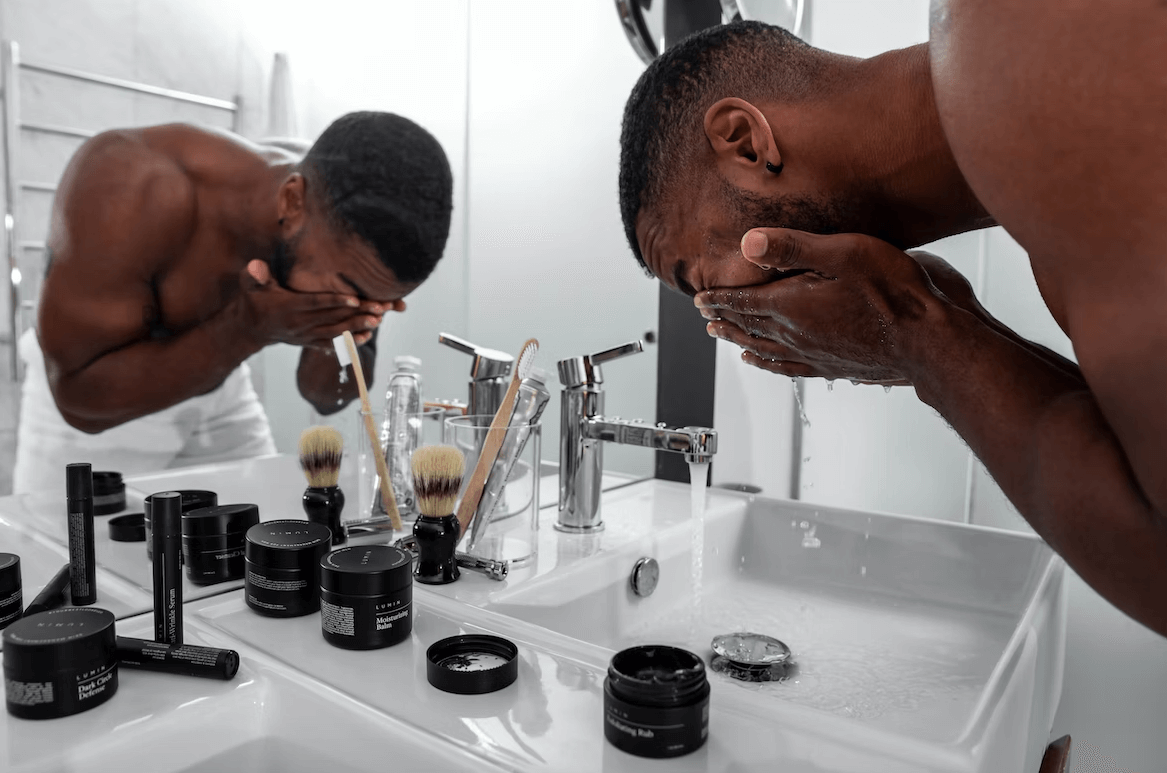
As a beginner, you must understand that hairs harden as they grow, and if wet, they tend to be soft. Therefore, before you begin shaving, you should try to wash your face properly. Your beard will soften as a result of using warm water, a hot shower, or a warm face towel, making it simpler to shave cleanly. If you can, a nice shower would be nice. However, if you don’t have time to take a shower, wet a washcloth with hot water, and hold it against your stubble for a while.
Additionally, to remove any built-up filth, you can wash your face with a mild facial cleanser. To determine the best cleanser for your skin or any sensitive skin type, speak with a skincare professional.
4. Use a Pre-shave that Contains Alcohol
Before you shave, you want to remove oils, and possible debris from your face while making your hair stand upright. Sebum, the natural oil of your skin, and debris will be removed from your skin by alcohol-based products, which will also cause your facial hair to stand up straight. However, If alcohol irritates you, you can use the powder form instead.
In addition to clearing your face and making your hair stand up straight, the majority of pre-shave products contain compounds like vitamin E to protect your skin and lessen any possible irritation. Also, the efficiency of an electric shaver can be increased by using goods like a pre-shave optimizer and pre-shave oil. To discover what is most effective for your skin, speak with a skincare professional. After you’ve found a skincare regimen that works for you, stick with it.
5. Identify Your Facial Hair’s Grain
For smooth and easy shaving, it is important that you look for the grains on your face. To do this, you need to rub the areas of your face where facial hair grows and go with the grain in the way that feels the smoothest. Rub it in the opposite direction to feel the resistance. Once you feel the resistance, that would be against the grain. No matter how coarse, curly, or straight your facial hair is, knowing which way it grows will help you prevent irritation and in-grown hairs.
6. Avoid Getting Too Warm
Electric razors may get quite warm while you’re using them due to their internal motors, giving the phrase razor burn a whole new meaning if you’re not careful. Although it may not be scorching hot, yet, it may be warm enough to irritate the skin, especially if you have delicate skin. Thus, start with the most delicate places while the razor is still cold, and go slowly. The slower and more cautiously you shave, the less frequently you must go over the same regions again and run the risk of causing them to become inflamed.
Steps On How to Use an Electric Razor to Shave Properly
1. Check the Sharpness of Your Blade
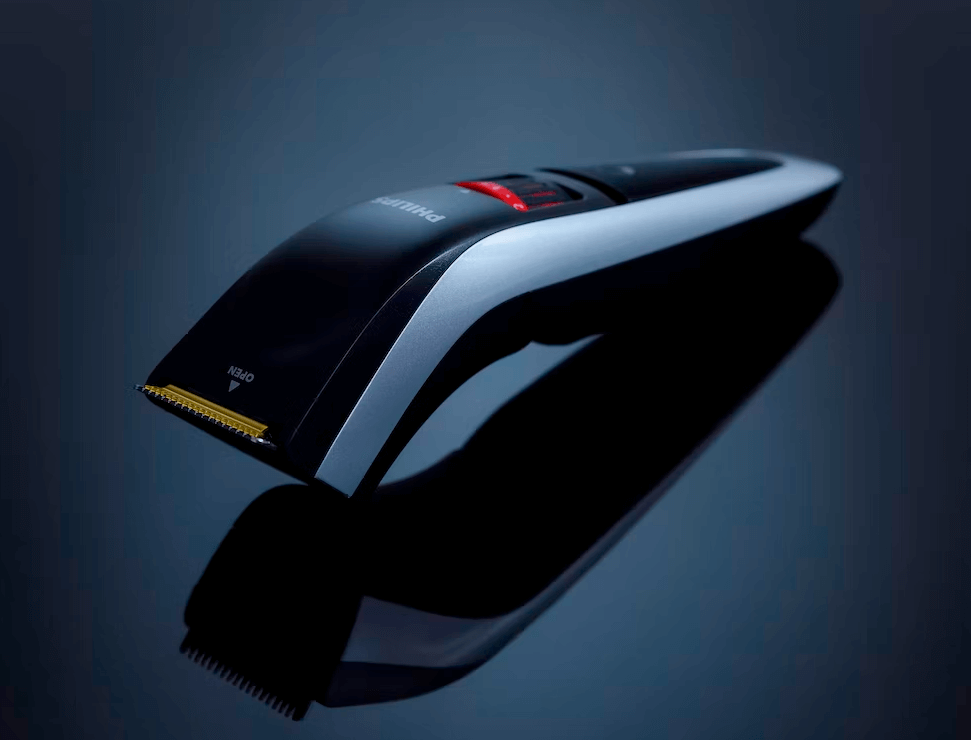
In order to have a close shave and avoid irritating your skin, it is advised that you replace the blades at least once a year. Ensure your blades are sharp enough to do their work otherwise you might not get the results you hoped for.
2. Use your Dominant Hand to Hold the Shaver
There’s no rule that says that you must hold your shaver with the right hand. The only rule that applies is holding the shaver with your dominant hand. It’s simple: Use your right hand to shave if you typically write with it or use your left hand to shave if you’re more comfortable using it. While using the shaver, hold your skin firmly in place with your opposite hand (less dominant). If you want a closer shave, be sure to shave against the grain, but be careful to take your time for the greatest results. Don’t be in a hurry.
3. Tighten Your Skin
You can tighten your skin by pulling it with your non-dominant hand. This will enable you to shave as closely as possible. In order to ensure that hairs stand up straight, hold the razor at a right angle to your face while pulling the skin tight with your other hand. Maximum skin contact will also be achieved, cutting down on snagging and shaving time.
4. Shave Cheeks Face Sides
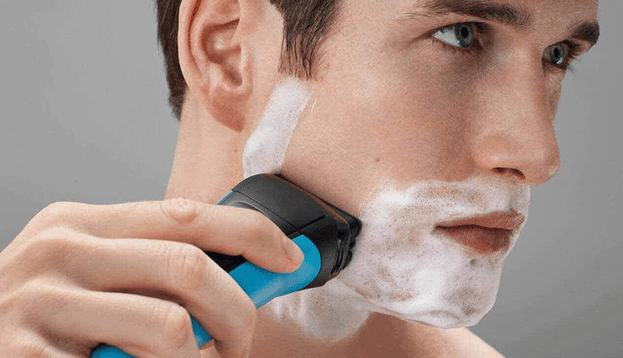
Face sides and cheeks should be shaved. Generally, shave with the grain starting at the top and moving down to your jaw. Although shaving against the grain produces a closer shave, it is also a simple way to cut yourself and increases the chance of shaving hair below the skin’s surface, which can result in ingrown hairs. The whisker’s tendency to grow into the surrounding tissue rather than through the pore results in inflammation and the potential for infection, which are also known as razor bumps.
5. Shaving the Sideburns
It is important that both sides of your face look as identical as possible. To verify that both sides are even, make sure you look at the mirror from a level angle. You can place both index fingers at the base of each sideburn to help you get a sense of which side is longer after putting down the razor. Put your left finger, for instance, at the bottom of the burn on your left side while facing the mirror. To determine whether the sideburn is longer and make adjustments as necessary, do the same with your right finger at the same time.
6. Shave Your Jaw and the Area Around Your Neck
Before anything else, I’ll advise that you take your time when doing this because this is the most delicate and difficult place to handle when shaving. To acquire the optimum viewing angle, incline your head upward and move closer to the mirror. Because some shavers produce heat that can irritate the skin, many men with sensitive skin prefer to shave the most delicate regions first, such as the neck area below the jawline, before moving to tougher spots like between the ears, nose, and mouth.
7. Shave the Mustache Hairs Just Below Your Nose
To increase the amount of surface area available for shaving, pull up your nose and push your upper lip downward with the index finger of your non-dominant hand. You might also try reversing the direction of your upper lip movement when shaving. For instance, move your top lip toward the right while shaving downward and to the left. This will assist in flattening out your skin and allowing more hair to be exposed to the shaver.
8. Shaving the Area Under Your Chin and Lip
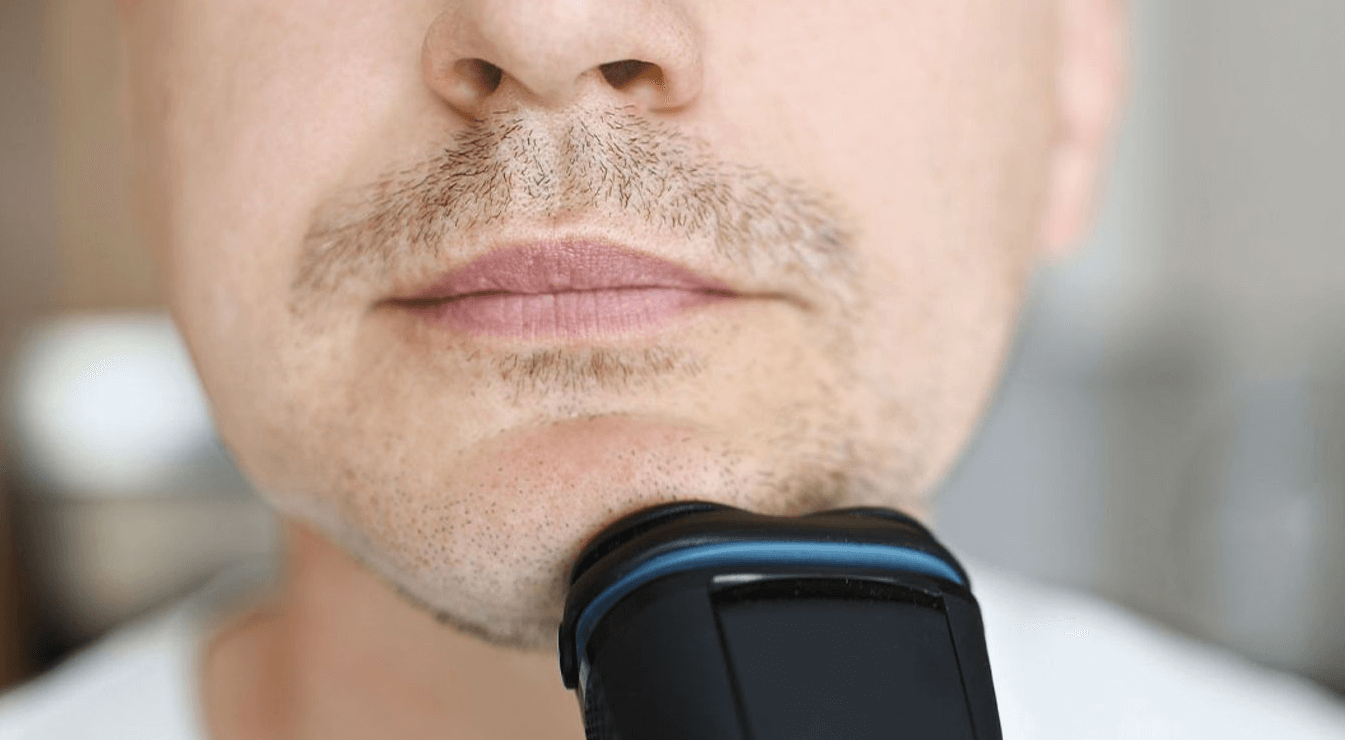
Increase the amount of skin the shaver touches by biting and sucking in your lower lip. To avoid cutting yourself, ensure that you go gently and slowly around your lip. Alternatively, you might try shifting your jaw in the other direction from where you’re shaving. For instance, move your jaw to the right while shaving downward and to the left. This will flatten your skin and allow more hair to be shaved by your razor.
9. Finally, Look for Lapses or Ommissions
It is essential to check yourself in the mirror before putting your electric shaver away because it is possible for them to leave tiny patches in difficult-to-reach places. Use your fingertip to feel while checking for any residual loose hair after washing and wiping away all previous strands.
Maintenance is Essential After Shaving
1. After Shaving, Maintain Your Skin and Razor
Your freshly shaved face should be moisturized. This is particularly crucial if you use alcohol-based pre-shave products because the alcohol dries out your skin. To learn which aftershave is ideal for your skin type, speak with a skincare professional. In addition to hydrating and treating your skin, aftershave aids in leaving you with a clean aroma. However, it is important to keep an eye on your surroundings in case anybody is sensitive to the overpowering odor that these products can produce.
2. Your Razor Needs to be Kept Clean
After you’re done shaving, ensure to clean the cutter and use a cleaning brush to brush off any remaining hairs. If the razor is kept in good shape it will make it last longer and free from infections.
3. Lubricate the Metal Components of Your Razor
It is important that you keep your razor lubricated. A tiny amount of lubricant should be sprayed and not wiped off when you’re done. Avoid using lubricants designed for other tools because they may contain harsh chemicals that shouldn’t be in contact with your skin. For information on the ideal lubrication for your model, refer to the user’s handbook.
If an itch or rash appears after using a new lubricant, seek quick medical attention from a dermatologist. It’s likely that you are allergic to the lubrication or that the lubricants as well as other skin care items are causing your reaction.
Conclusion
Your electric shaver will always function more effectively if you treat it well, just like you would with a traditional razor. Don’t disregard the cleaning instructions that certain shavers include. Regularly remove any stray hairs from the cutters and, if necessary, replace any broken pieces. But, avoid banging your razor against the side of the sink to remove hairs.
Don’t forget to refer to a right angle because the hairs will stand straight and be simpler to remove if you hold the razor at a right angle to your face, giving your free hand more room to pull the skin taut as you shave. The direction of hair growth is always a good place to start when deciding which way to shave with an electric razor, but different models will offer different guidance.
Finally, do not stop after the first shave. I’ll be honest with you: switching to electric shaving takes some getting used to. So do not give up if you experience some irritations and discomfort on your first attempt. It can be unsettling to run an electric blade across your face if you’ve always used foam and a razor. However, with time, you’ll get used to it.

 By Jason
By Jason
